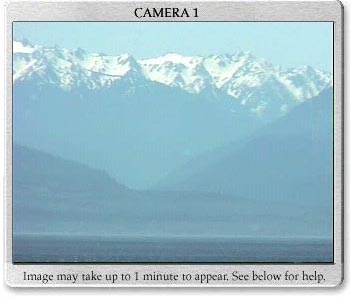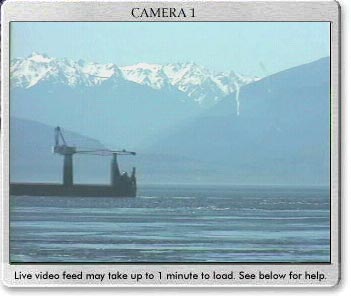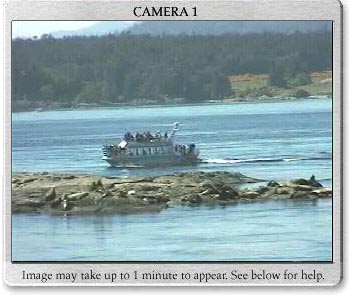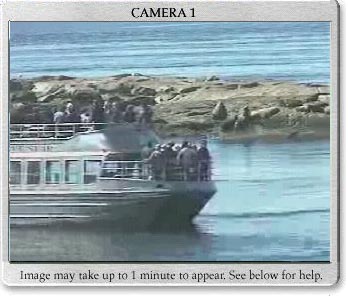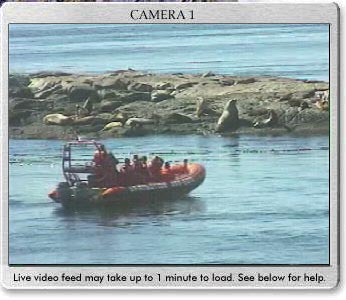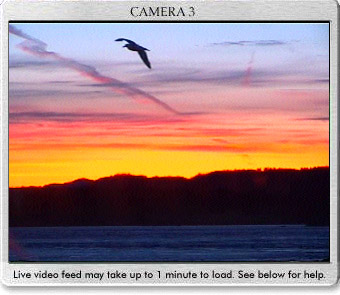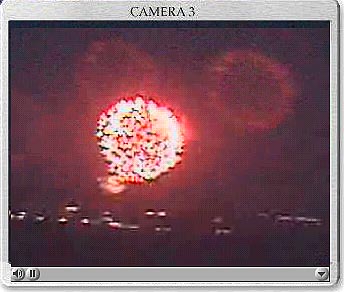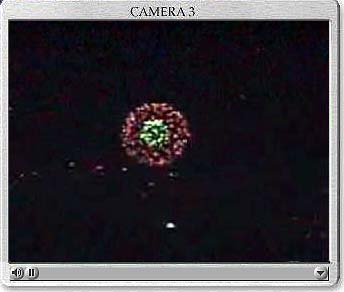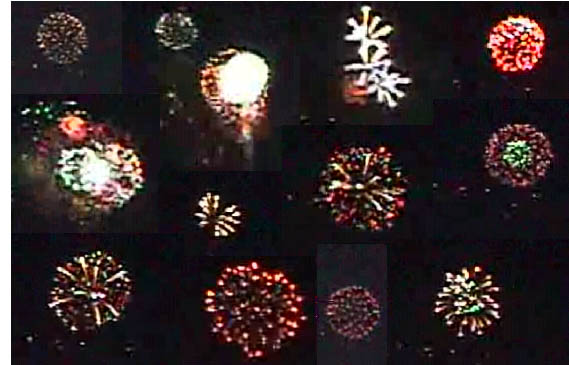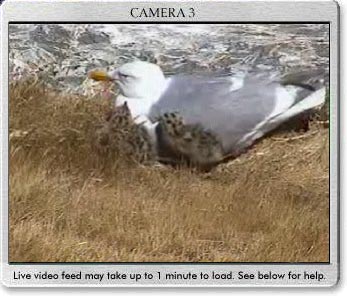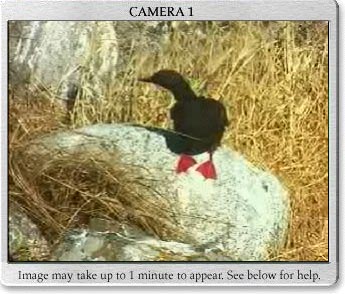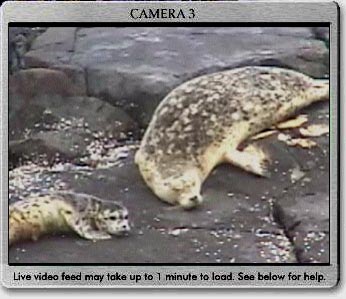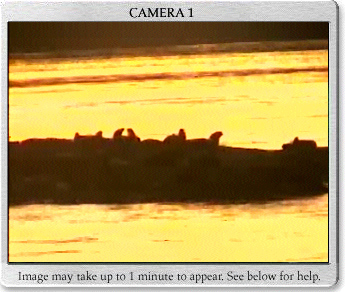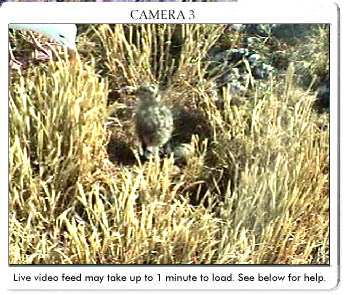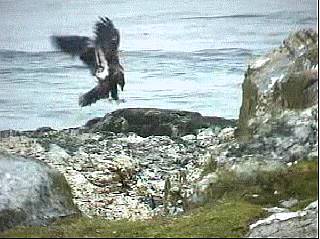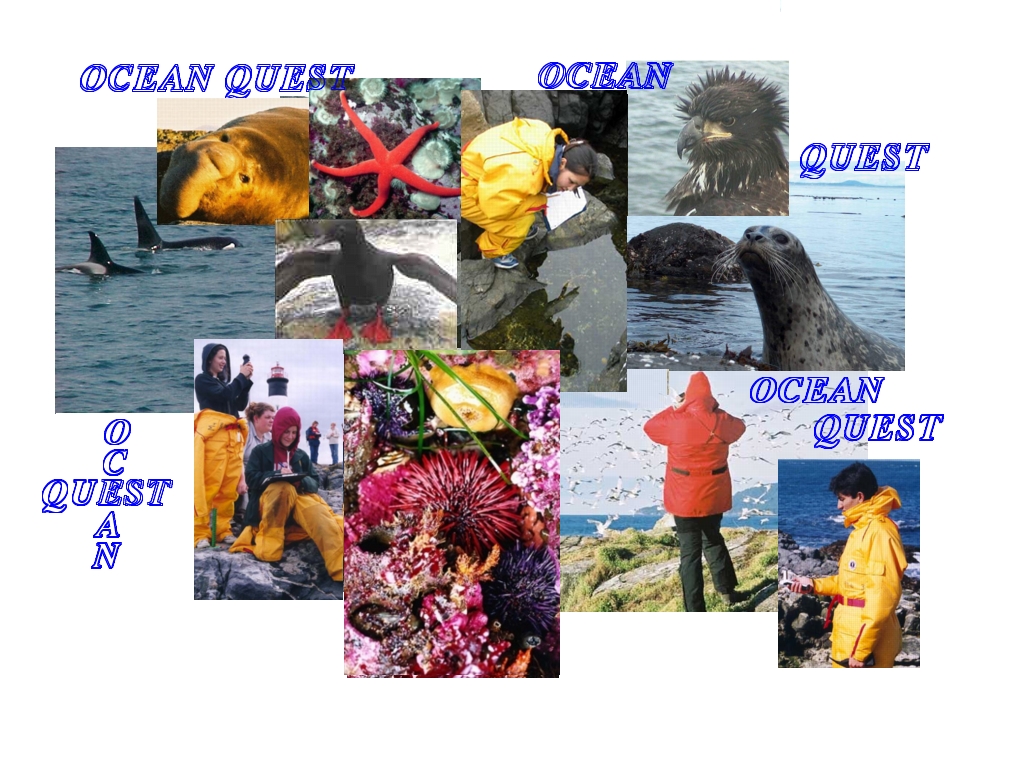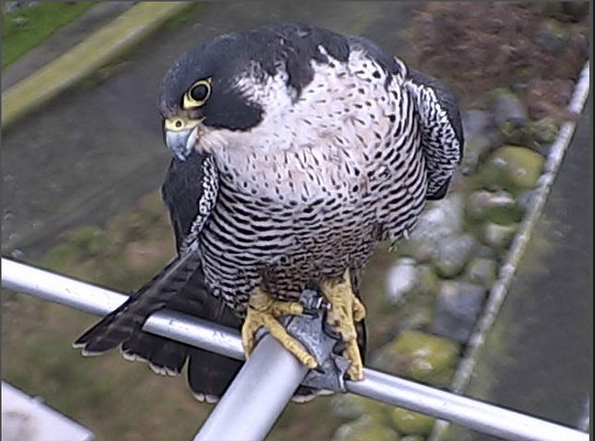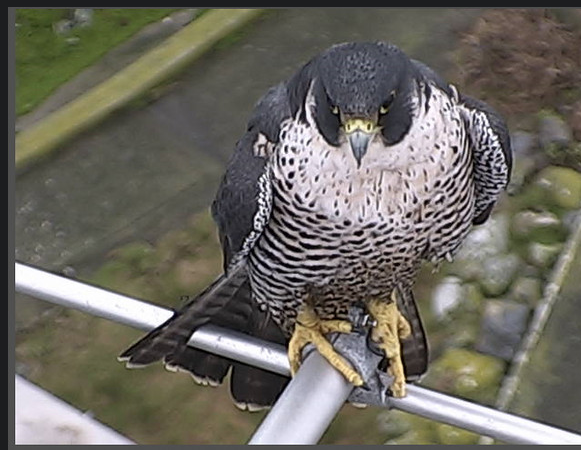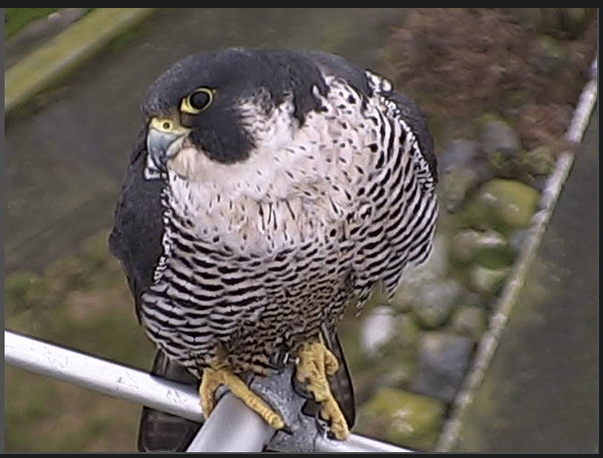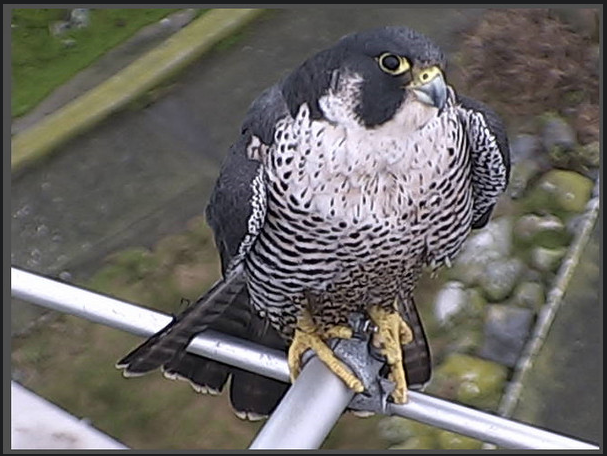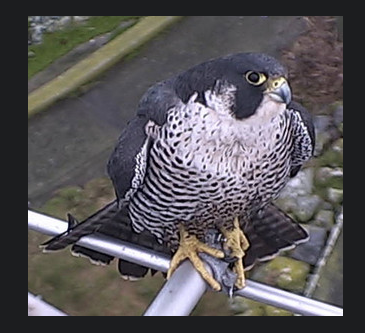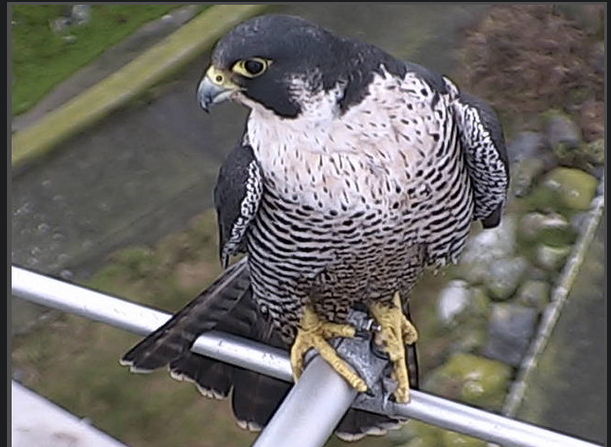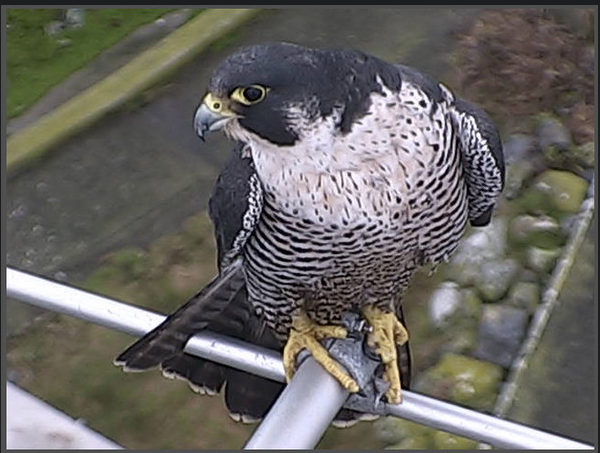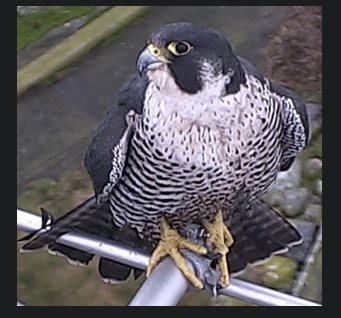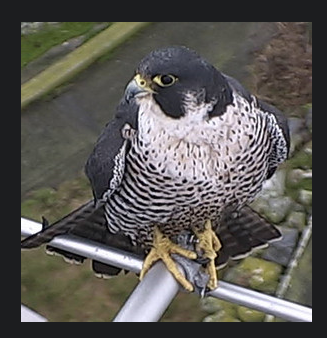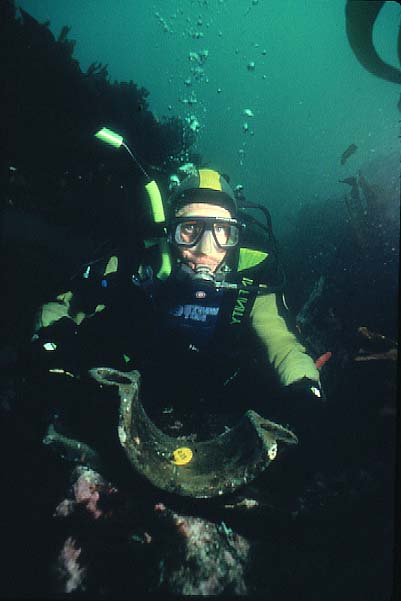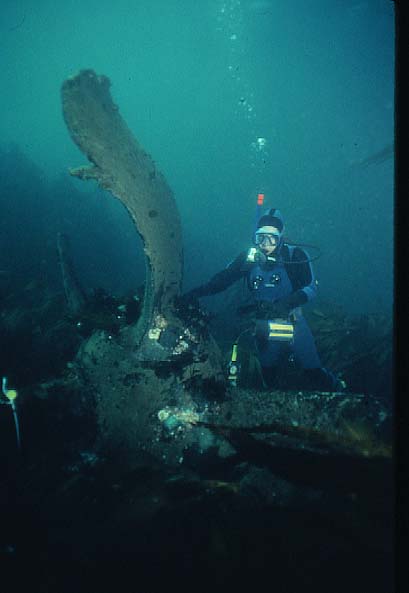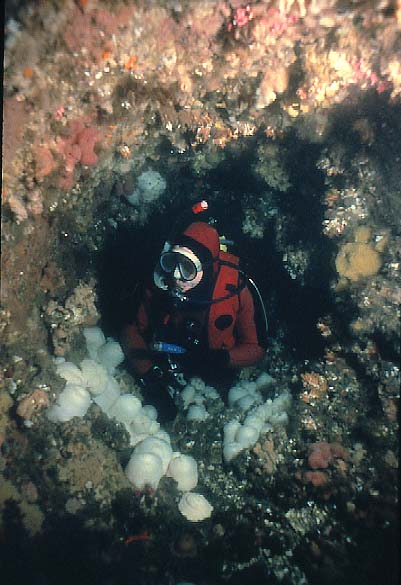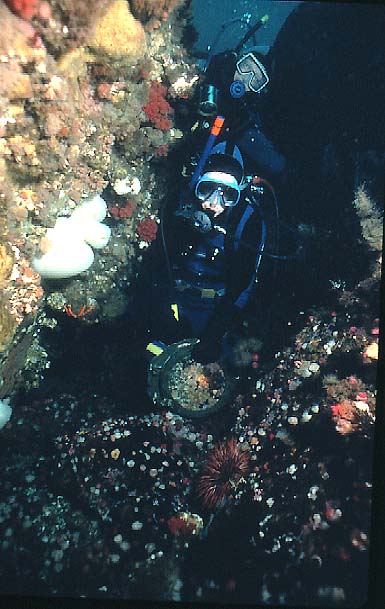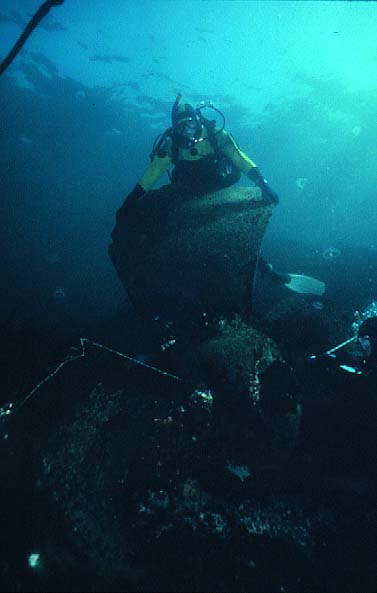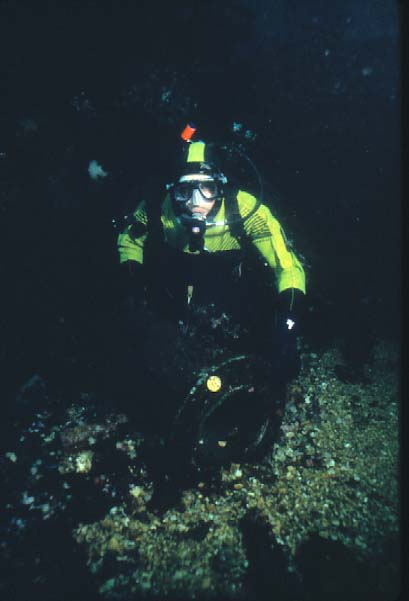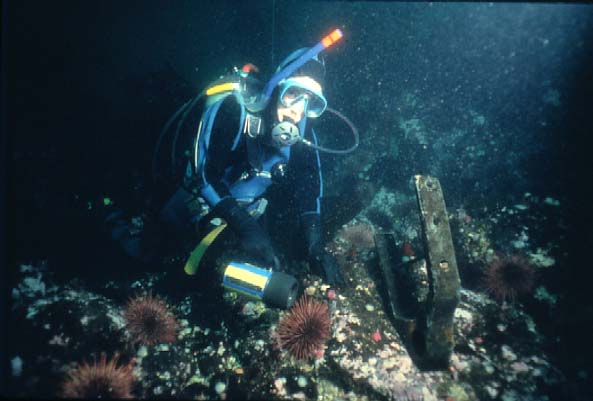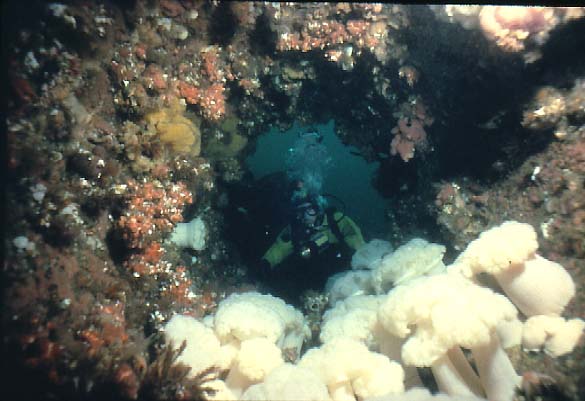Observation of the scenes on the cameras often yield some interesting and varied scenes. Feel free to add to this collection of the screen shots from the video cameras. e-mail : Garry Fletcher (garryf(use the @ sign)gmail.com See further directions on this .
|
Directory of OceanQuest Assignment Resources:
 Overview: Are you prepared to take on the challenge of OceanQuest? You are expected to be an active participant in helping to build a valuable resource database for a unique sensitive environment.
Overview: Are you prepared to take on the challenge of OceanQuest? You are expected to be an active participant in helping to build a valuable resource database for a unique sensitive environment.
The basic starting resources you will use come from www. racerocks.ca but our vision for the future is that you may actively develop a set of internet resources for your own unique ecological area.
Link to The OceanQuest GIS With Curriculum Guide
NOTE: The link to the GIS which ran on an outside server arranged by the Open School has been discontinued.. The other curruculum materials are still valid however on this site.
| Topic 1 : BIODIVERSITY |
Some of the folllowing files from www. racerocks.ca were used in the building of the OCEANQUEST website.
|
Lesson: |
1. Structure and Function of Ecosystems : How can we model ecosystems in order to understand how they work ? Student Activities: Objectives: Procedure : |
| 1. Introduction | |
2. Horizontal distribution
|
|
3. Vertical Distribution
|
|
| 4. Biotic Components List of birds and mammals most frequently observed from the remote camera 5. |
|
| 5. Rare and Endangered Species |
|
6. Coastal Classification System
|
|
| 7. Abiotic Components (Topic 2 below) |
|
8. Ecosystem Function
|
|
| 9. Biogeochemical cycles | |
| 10. Extension..Other ecosystems– structure and function. |
| Lesson: |
2. Why not Adopt an Ecosystem? |
 |
Use the internet as a means to get groups to collaborate to provide an educational resource while ensuring the stewardship of their own local ecological resources. |
| Objectives: Procedure: 1. Identify the area 2. Establish goals and time lines 3. Establish a baseline inventory 4. Class project to provide a taxonomy 5. Use technology to document the area 6. Monitor for Structure and Function: (See topic 1.) 7. Submit site for inclusion in GIS 8. Obtain tiff-referenced aerial photography 9. Assemble a web-site to carry the information. 10. Create a list of the Ecosystem Services and Natural Capital of the area.
11. Set up a weather monitoring Station |
| TOPIC 2: ABIOTIC FACTORS | |
Lessons: |
1. Selected Abiotic Factors (such as Barometric Pressure) :
The effects of physical factors on the life of an ecosystem is often taken for granted. Here we give you the chance to investigate some of the unique ways that organisms have evolved in order to adapt to the physical conditions of their environments. |
| Objectives: Procedure: |
|
| 1.Introduction 2. Wind Speed and Direction 3. Barometric Pressure 4. Lightning 5. Change through time: Salinity and Temperature.
|
Lessons:  |
2. Limiting Factors and the Ecological Niche |
| Objectives: Procedure: |
|
| 1. Introduction 2. GIS activity 3. and 4and 5. Contrast limiting factors in two closely related species. 6. Natural Selection 7. The Ecological Niche as determined by limiting factors 8. Adaptation: A classic study of limiting factors: The Bumpus sparrows. 9. Extension: Central Tendency and Variability. |
| Topic 3 : ANIMAL BEHAVIOUR |
|
Lessons |
1. Population Monitoring: |
| An activity which allows you to contribute to a scientific database for the census of animals Objectives: Procedure: |
|
| 1. Census of the populations, and the use of the dichotomous key. 2. Race Rocks population numbers and sector designations. 3. Weather correlation to population levels. |
| 2. The Ethology Assignment: | |
Lessons: |
An activity that may allow you to look at the behaviours of animals in a new way Objectives: Procedure |
| 1. Preliminary Observation. 2. Collecting Data.. The ethogram and the time budget. 3. Using the dichotomous key for identification. 4. Compiling the Ethogram 5. Preparing the Time Budget 6. Doing a report and submitting results to the GIS 7. Extension material |
Saving Images from Live, Streaming Video:
DIRECTIONS for SAVING IMAGES and VIDEOS
Project Ideas for Viewers:We would like your help in contributing to our archive gallery of images from Race Rocks. Many times interesting behaviours occur on the screen which we can’t predict, but which could be part of a valuable contribution to our research database on Race Rocks, or you may be doing a school project where you could use a series of your own original images on animal behavior. From our cameras at Race Rocks, you can create a series of pictures, and embed them in a word processing document with your description of what was happening and the date and time.
This file shows some screenshots from the cameras at Race Rocks:
Here are some examples from our viewer in England PB:
- The Bald-Headed Eagle series
- The Peregrine Falcon series
- The snowy owl series
- The Brown Pelican series.
 Population Monitoring exercise.
Population Monitoring exercise.
How to Clip and Save Images :
The easiest way to save images is to go to the remote control cameras and from the controls page you will see a button on the top named “CAPTURE” This allows you to freeze a frame, drag it to your desktop and then it is in your computer.
FOR MACINTOSH COMPUTERS: Clipping a picture from the browser is very easy with a Mac. For the whole page put on Caps lock, hold down shift/apple/and number 3. When you click on the screen it will save a screenshot to the hard drive. To clip a portion of the screen, simply hold down the shift, apple command and #4 keys, and position the cross hair of your cursor at the upper left hand corner of an image you wish to save. Drag the cursor diagonally across the area you want saved. Then release– you hear a shutter sound, the picture is stored on the hard drive where you receive downloads as Screencapture with date etc. This image may be in a .png format so you can open it in a photo editing program such as Graphic Converter and save it as a .jpg after trimming to the desired form. It is then ready for embedding in a web page. Behaviours are easily captured by a series of these clips, taken consecutively.
For Other Operating Systems:Please consult your help files for screen capture: Another alternative for capturing video is to download the software from a site that you may find by searching for Image capture or Screen Capture or video capture:
. We would appreciate it if you could credit “racerocks.com” from Lester B. Pearson College as the source of the picture!
To contribute your sequence to this web site e-mail files of pictures and text to us at the racerocks.ca website send an e-mail with your attached files. Indicate whether or not you want your name included as a contributor.
Falco peregrinus: Peregrine falcon –The Race Rocks Taxonomy
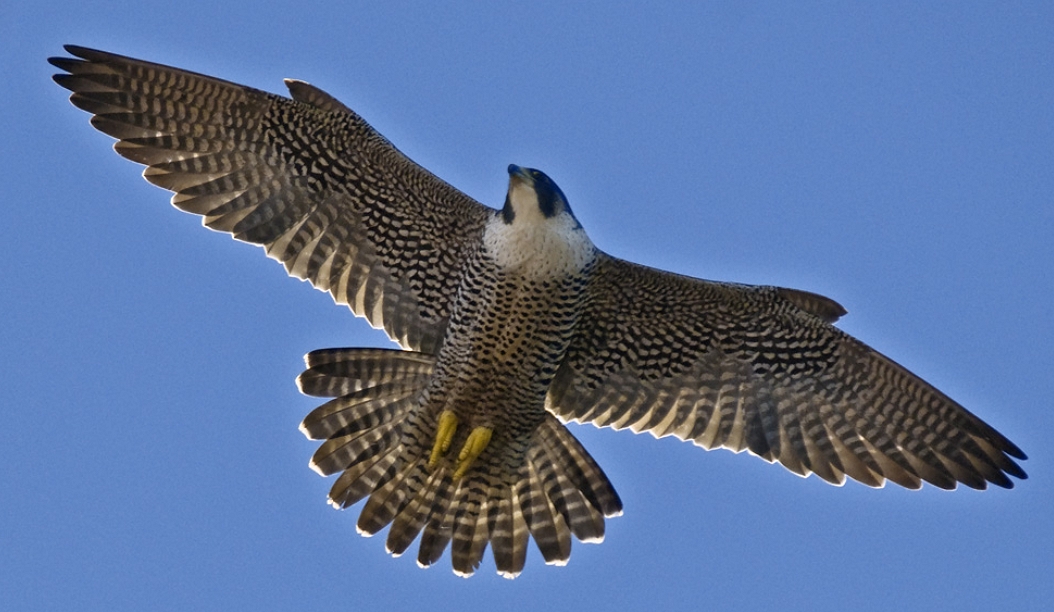
This photo was taken on Race Rocks by Ryan Murphy in December of 2008.
See all the posts on this website with observations of Peregrines
Domain: Eukarya
Kingdom: Animalia
Phylum: Chordata
Subphylum: Vertebrata
Class: Aves
Order: Falconiformes
Family: Falconidae
Genus: Falco
Species: peregrinus
Common Name: Peregrine falcon
Unusual footage taken by Pam Birley using the remote camera 5 of a falcon eating a seabird. Also see similar sequence on right below..
The Peregrine falcon, Falco peregrinus, is a bird of prey (or raptor) which has captured the attention and imagination of ornithologists and bird-watchers alike for several thousand years. With a body length of 15-20 inches and a body weight of 1.25-3.75 lbs, the falcon is built specifically for travelling at high speeds (up to 180 m.p.h.) in order to catch its prey. The name Falco peregrinus is derived from the Latin falx, or sickle-shaped, and peregrinus, meaning wandering. It is unclear whether the former is derived from the shape of the bird’s silhouette in the sky or from the shape of its beak, but the latter name comes undoubtedly from its propensity to migrate great distances.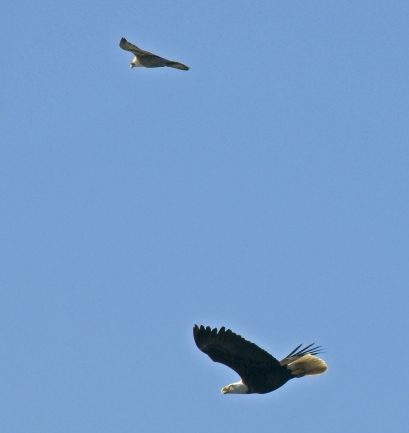 In the picture of a Peregrine Falcon and Bald Eagle from his Flickr site, Ryan Murphy said In the picture of a Peregrine Falcon and Bald Eagle from his Flickr site, Ryan Murphy said“This was amazing to witness in person, I regret not having been able to capture it better than this! Just before this the eagle rolled backwards towards the chasing falcon… awesome aerial battle!” Predation Two sequences of pictures from Race Rocks below have been taken by Pam Birley showing the peregrine eating a shorebird.and a sea gull. Though peregrine falcons, like other birds of prey, are considered to be near the top of the food web, they are not completely free from predators. Great horned owls and golden eagles have been known to attack them. Humans have also been known to take their eggs in hopes to raise the falcons for hunting purposes. As top predators, peregrine falcons play an important ecosystem role in regulating the populations of their prey. Habitat Peregrine Falcons prefer open habitats such as grasslands, tundra, and meadows. They nest on cliff faces and crevices. They have recently begun to colonize urban areas because tall buildings are suitable for nesting in this species, and because of the abundance of pigeons as prey items. Peregrine falcons prey almost exclusively on birds, including mourning doves, pigeons, shorebirds, (see slide shows above) waterfowl, and smaller songbirds. They will also eat small reptiles and mammals. Although peregrine falcons capture their prey with their claws, they generally kill prey with their beak.The photos for this slide show and video were taken on the remote camera 5 at Race Rocks, by Pam Birley operating the camera from Great Britain. Pam had observed the peregrine falcon on various perches around the island in the mornings for several weeks in October and November. Her persistence paid off on November 17, 2005. Pam wrote in her e-mail ….”Today we had just returned home .. I just came up to the computer, switched it on and there was Perry with his breakfast….I really caught him in the act of devouring his prey today! “You may see other pictures that Pam has taken using the remote camera at Race Rocks by clicking here to go to her photo album . CLICK ON THE BLANK SPACE PEREGRINE FALCONS AT RACEROCKS: OCTOBER, 2004
Pam Birley of Leicester England captured some of the pictures remotely on robotic camera 5 and Mike Slater, our reserve guardian took the pictures of the antenna perch on the towerPam was interviewed recently about her wildlife viewing on racerocks.com Conservation Status Jan 25, 2010 Brian Mury sent this link to a set of images he took from Camera 1 on the top of the tower. The falcon is perched on the FM antenna which is used by Environment Canada to transmit anemometer readings from the top of the tower.
|
Other Members of the Class Aves at Race Rocks.
and Image File |
 The Race Rocks taxonomy is a collaborative venture originally started with the Biology and Environmental Systems students of Lester Pearson College UWC. It now also has contributions added by Faculty, Staff, Volunteers and Observers on the remote control webcams. The Race Rocks taxonomy is a collaborative venture originally started with the Biology and Environmental Systems students of Lester Pearson College UWC. It now also has contributions added by Faculty, Staff, Volunteers and Observers on the remote control webcams.
Chiara Ravetti PC yr 31 |
The Ecological Niche defined by Abiotic Factors
 The file linked here was included to illustrate the concept of the Ecological Niche of an organism. Ecological Niches are determined by all the Biotic and Abiotic factors that make up the limiting factors on an organisms environment. It is impossible to represent in a diagram all the factors which define the full ecological niche. After studying the two references linked on this page, write a discussion on how our built-up environments with cats, lawns, and other introduced species limit the ecological niches available and thus impact negatively on Biodiversity.
The file linked here was included to illustrate the concept of the Ecological Niche of an organism. Ecological Niches are determined by all the Biotic and Abiotic factors that make up the limiting factors on an organisms environment. It is impossible to represent in a diagram all the factors which define the full ecological niche. After studying the two references linked on this page, write a discussion on how our built-up environments with cats, lawns, and other introduced species limit the ecological niches available and thus impact negatively on Biodiversity.

“The ecological niche of Anthopleura elegantissima at Race Rocks”
In this research essay, Santiago has adapted a tool from EXCEL to illustrate his concept of the “cloud” that represents an Ecological Niche of a sea anemone. This is an original interpretation and one which helps us visualize the dimensions of niche requirements.
Limiting Factors: The Bumpus Paper
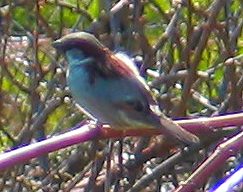 A classic study done over a century ago has provided the data for many studies on limiting factors of the environment, See this PDF, partially quoted here from The Condor Journal : For the complete article go to http://elibrary.unm.edu/sora/Condor/files/
A classic study done over a century ago has provided the data for many studies on limiting factors of the environment, See this PDF, partially quoted here from The Condor Journal : For the complete article go to http://elibrary.unm.edu/sora/Condor/files/
issues/v094n04/p0944-p0954.pdf
INTRODUCTION
Nearly a century ago, Hermon Bumpus received 136 House Sparrows (Passer domesticus) that had been collected after a severe winter storm in Providence, Rhode Island (Bumpus 1899). Over half of these birds revived in his laboratory and Bumpus proceeded to evaluate physical characteristics that might distinguish these survivors from their dead counterparts. He concluded that the storm had taken a greater toll on individuals whose morphometrics deviated most from the “ideal type” (Bumpus 1899). Bumpus was unabashed in claiming this pattern of differential survival to be due to the agency of natural selection. The provocative nature of his interpretation, coupled with publication of the complete data set on which it is based, has prompted repeated analysis of Bumpus’ study (e.g., Harris 1911, Calhoun 1947, Grant 1972, Johnston et al. 1972, Lande and Arnold 1983, Crespi and Bookstein 1989). Studies reappraising the Bumpus data generally agree that females suffered proportionately greater mortality than males and that female survivorship reflects stabilizing or normalizing selection (Grant 1972, Johnston et al. 1972, Lande and Arnold 1983). Disagreement persists, however, in deciding whether male survivorship reflects directional selection and, if so, whether this selection favors larger (Johnston et al. 1972) versus smaller individuals (Lande and Arnold 1983, Clutton-Brock 1988). Such contradictory conclusions from the same data set reflect differences in confidence that var- ious authors place in Bumpus’ morphometric measures. Those accepting at face value all nine of Bumpus’ morphometric measures conclude that the winter storm selected against larger adult males, because male survivors had significantly less mass and shorter total length than did their dead counterparts. On the other hand, some contend that his measures involving plumage (alar extent and total length) and mass may be biased, albeit for different reasons, and should not be considered when comparing characteristics of survivors to non-survivors (Calhoun 1947, Grant 1972, Johnston et al. 1972, Crespi and Bookstein 1989). When analysis is restricted to each of the six skeletal measures, adult male survivors and non-survivors cannot be distinguished from one another.
FOR FURTHER INVESTIGATION:
The following original papers present the arguments for natural selection by abiotic factors in the environment:BUMPUS, H. C. 1899. The elimination of the unfit as illustrated by the introduced House Sparrow, Passer domesticus. Biol. Lectures, Marine Biol. Lab., Woods Hole:209-226.
JOHNSTON, R. F., D. M. NILES, AND S. A. ROHWER. 1972. Hermon Bumpus and natural selection in Passer domesticus.
PRICE, T. D., P. R. GRANT, H. L. GIBBS, AND P. T. BOAG. 1984. Recurrent patterns of natural selection in a population of Darwin’s Finches. Nature 309:787-789.
Return to the Assignment on Ecosystem Structure and Function
Return to the OceanQuest Index
Shipwrecks around Race Rocks
The islets may be shrouded in fog for up to 45 days a year. With only the station bell for a keeper to sound in the fog, Race Rocks was for many years the final resting place of the ships of unsuspecting crews drawn to the reefs by the relentless tide rips. Unfortunately, because of the strong currents, most shipwreck evidence has been swept off the rocks into water too deep for regular diving.
he Nanette.. sank in 1860
Three days before the new light was lit, tragedy struck. If there was ever any doubt about the need for the lighthouse structure the loss of the 385 ton tall ship Nanette proved it. Without the warning the new light was to provide only three days later, the Nanette ran hard aground on Race Rocks and was a total loss.
The Nanette’s mate William McCullogh wrote in the ship’s log:
“At 8 o’clock saw a light bearing N by W [this must have been the new light at Fisgard lit only six weeks earlier] Could not find the light marked on the chart. At 8 1/2 o’clock it cleared somewhat, and then saw the point of Race Rocks the first time, but no light. Called all hands on deck, as we found the ship was in a counter current, and drifting at a rate of 7 knots toward the shore. We made all possible sail, but to no avail.”
With the assistance of the construction gang the crew of the Nanette found shelter although the lightstation boat was also lost. HMS Grappler was able to rescue the crew from Race Rocks the next day. The cargo of the Nanette , valued at over $160,000 was strewn across the rocks surrounding the stricken hull. This prize attracted many eager locals hoping to salvage what they could. One overly ambitious crew perished when their over loaded canoe capsized off Albert Head tossing five men, a woman and her 18 month old baby into the sea.
The Loss of the Nanette, 1860
The Mystery wreck.. possibly the Idaho discovered at Race Rocks
The SS Nicholas Biddle ..sank January 5, 1867.Feb 5, 1867
Disaster to the ship Nicholas Biddel- ran aground on Rosedale reefThe Swordfish, sank .. November 6 1877
Nov. 7 1877
Wreck of the HMS Swordfish off Beecher bay
Nov. 7 1877H.M.S.Opal rescues crew of the SwordfishNov.11 1877Sale of the Swordfish ( wreckage)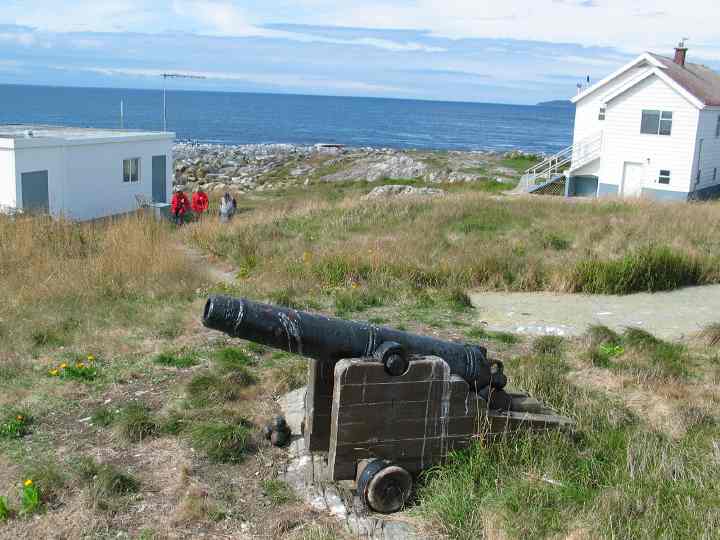 In 1978, PC student Alex Guevarra and faculty member Garry Fletcher while diving on this wreck, discovered a cast iron cannon. The cannon was retrieved after some effort and under the direction of Pearson College Anthropology teacher Brad Myers, was restored over a period of 10 years in a solution with electrolysis. It was transferred to Race Rocks and now sits on a cradle, made by a former light keepers assistant, at the base of the tower. It has been found out since that the cannon was probably being carried as ballast on the ship. We found out It had been was cast in Glasgow in 1790, in a set of cannons that all had oval bores. The set was subsequently sold off as scrap metal.
In 1978, PC student Alex Guevarra and faculty member Garry Fletcher while diving on this wreck, discovered a cast iron cannon. The cannon was retrieved after some effort and under the direction of Pearson College Anthropology teacher Brad Myers, was restored over a period of 10 years in a solution with electrolysis. It was transferred to Race Rocks and now sits on a cradle, made by a former light keepers assistant, at the base of the tower. It has been found out since that the cannon was probably being carried as ballast on the ship. We found out It had been was cast in Glasgow in 1790, in a set of cannons that all had oval bores. The set was subsequently sold off as scrap metal.

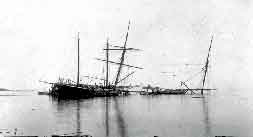 November 2, 1886 The Barnard Castle, a coal freighter en route from Nanaimo to San Francisco struck Rosedale Rocks on , but made it to nearby Bentinck Island where it now lies in 12 meters of water. See this image from the BC Archives. (Image A-0007)
November 2, 1886 The Barnard Castle, a coal freighter en route from Nanaimo to San Francisco struck Rosedale Rocks on , but made it to nearby Bentinck Island where it now lies in 12 meters of water. See this image from the BC Archives. (Image A-0007)
also this link:
The Wreck of the Idaho: Little is known about this wreck, but it is believed by the BC Underwater Archeological Society to be the designation of a wreck that lies off Rosedale reef. The pictures below by Jacques Marc, in the late 1990’s show the extensive evidence of this wreck.
- Diver with what looks like a bushing
- Diver with bent propellor.
- Hole lined with Marine Life.
- Diver with porthole.
- Diver with propellor.
- Diver with a wheel-like object
- Diver with a light on an objec
- Diver in tunnel of wreck with Metridium Anemone
In 1892 the Department of Marine and Fisheries installed a steam plant and two compressed air fog horns at Race Rocks. The Department had taken over operation of lighthouses from the British Admiralty in 1871 when British Columbia joined the Dominion of Canada. Despite the addition of the powerful horns, tragedies continued at Race Rocks.
In 1896 the SS Tees crashed ashore,
followed by the Prince Victor in January 1901.
The worst disaster occurred on the dark night of March 24, 1911. The ferry Sech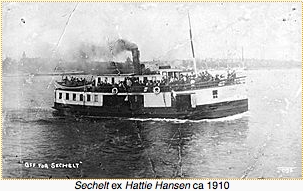 elt , bound for Sooke from Victoria found herself fighting a fierce westerly gale as she headed out the strait past Race Rocks. The captain decided against bucking the gale past Beechy Head and made the decision to make a fateful change of course to return his ship to the shelter of Victoria harbour. Caught in a beam sea the Sechelt capsized and sank rapidly taking her crew and 50 passengers with her to the bottom of Race Passage.
elt , bound for Sooke from Victoria found herself fighting a fierce westerly gale as she headed out the strait past Race Rocks. The captain decided against bucking the gale past Beechy Head and made the decision to make a fateful change of course to return his ship to the shelter of Victoria harbour. Caught in a beam sea the Sechelt capsized and sank rapidly taking her crew and 50 passengers with her to the bottom of Race Passage.
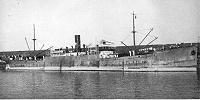 In July of 1923 the liner Siberian Prince went aground within a mile of the lighthouse without ever hearing the horn. Reports are that it was floated free.
In July of 1923 the liner Siberian Prince went aground within a mile of the lighthouse without ever hearing the horn. Reports are that it was floated free.
On November 2, 1925 the Holland America liner Eemdijk also ran aground in almost the same location. Again the ship’s crew reported they did not hear the fog horns from nearby Race Rocks.>The tug Hope was lost with her crew of seven while attempting to salvage the Eemdijk . In 1927 Race Rocks was the first station on Canada’s West Coast to be fitted with a radio beacon. This did a great deal to prevent further tragedy.
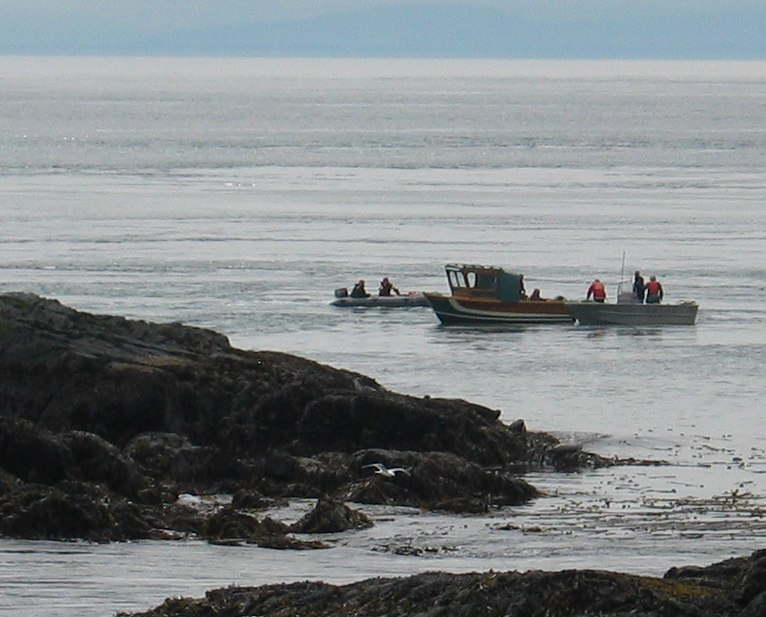 And we still get shipwrecks at Race Rocks!
And we still get shipwrecks at Race Rocks!
Lopholithodes mandtii : The Puget Sound King Crab–The Race Rocks Taxonomy
We often encounter these very large Puget Sound King Crabs in the calm backwaters of Race Rocks. Juveniles may be found among the cobble. Sea urchins and other echinoderms form their diet.
Paul Michaluk a fomer PC student from New Zealand, captured this picture on the left of Garry holding a a Lopholithodes brought up by the divers who were back for a PC alumni reunion
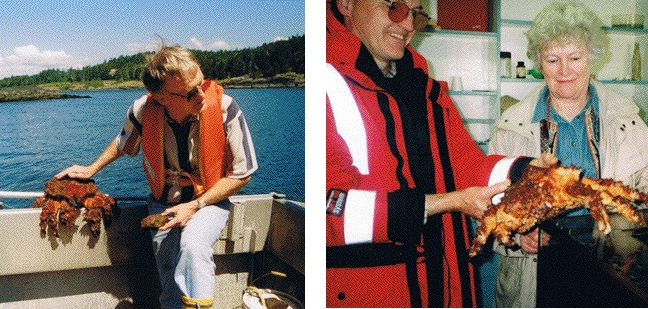
Another former student, Barb Holman, took the picture on the right of Garry demonstrating the size of a Puget Sound King crab at Race Rocks to Trish Holman in April, 1998
Domain Eukarya
Kingdom Animalia
Phylum Arthropoda
Subphylum Crustacea
Class Malacostraca
Order Decapoda
Family Lithodidae
Genus Lopholithodes
Species mandtii
Common Name: Puget Sound King Crab
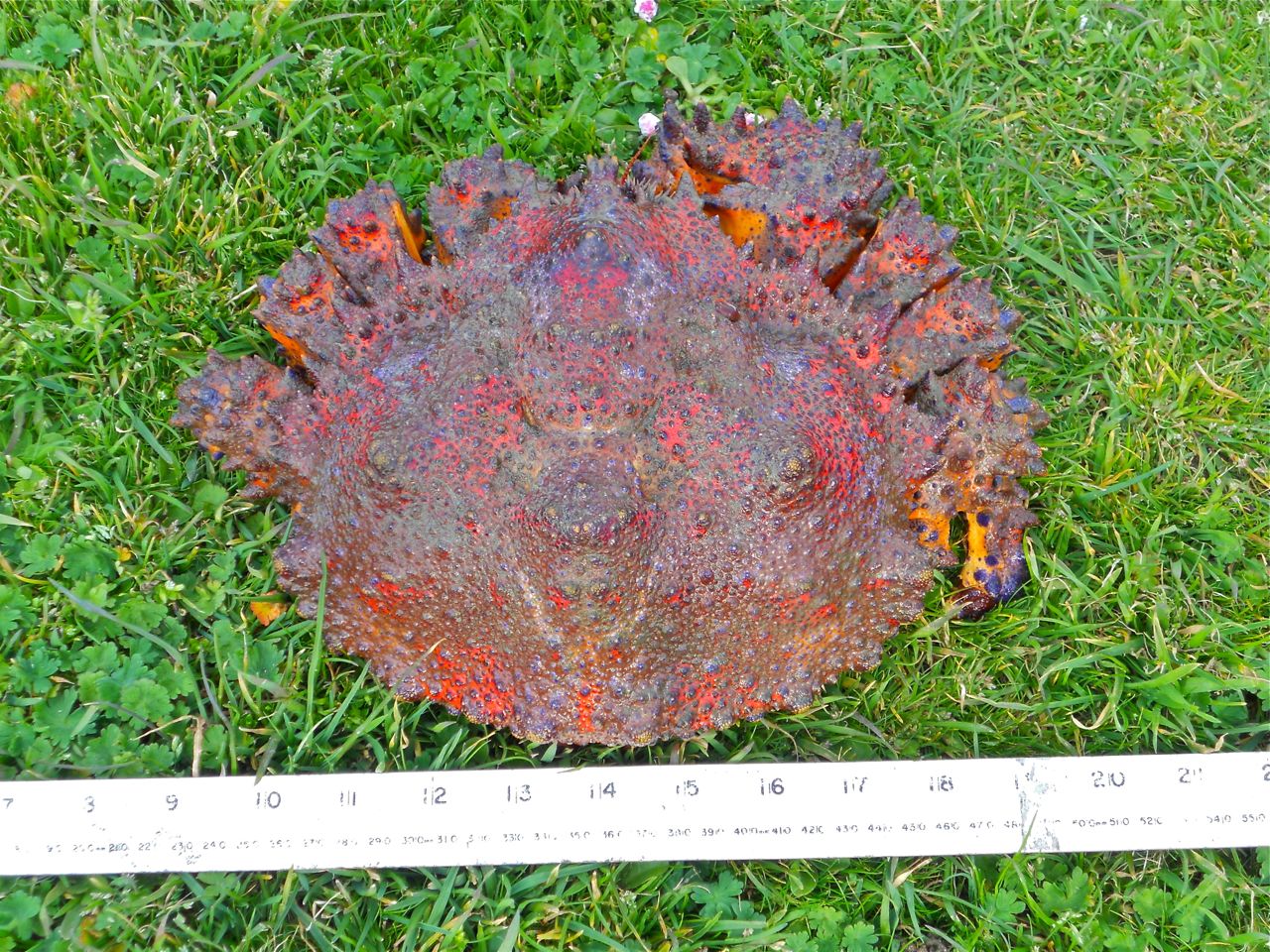 See a post by our ecoguardian Mike Robinson in 2012
See a post by our ecoguardian Mike Robinson in 2012
 The Race Rocks taxonomy is a collaborative venture originally started with the Biology and Environmental Systems students of Lester Pearson College UWC. It now also has contributions added by Faculty, Staff, Volunteers and Observers on the remote control webcams. The Race Rocks taxonomy is a collaborative venture originally started with the Biology and Environmental Systems students of Lester Pearson College UWC. It now also has contributions added by Faculty, Staff, Volunteers and Observers on the remote control webcams. |
Daily Air Data :Race Rocks Ecological Reserve 2002-2005
SORRY THE LINKS HAVeYET TO BE UPDATED HERE
We have a number of past records in EXCEL format which are converted to html for publication here.
See the file on Temperature for recent records and the abiotic effects of temperature on organisms.
These files may be copied from your browser and placed in an EXCEL or AppleWorks spreadsheet for exercises involving further analysis and graphing
Be sure to do a Customized Search for
“Race Rocks Lightstation” to find this archive.
We think prevous records exist so we are trying to get them from the Canadian Meteorlogical Service.
AIR DATA, JANUARY 1998
(missing first three months)
AIR DATA, FEBRUARY 1998
AIR DATA, MARCH 1998
Archived Data for this page has been produced in the EXCEL Files by Mike Slater. It was then converted and saved as html by Garry Fletcher and students of the racerocks.com activity
 |
 |
Sitemap | Contact |
webmaster:
Garry Fletcher |
Copyright |
Race Rocks Map Sectors
| Return to the Assignment on Horizontal Structure |
| Return to the OceanQuest Index |

